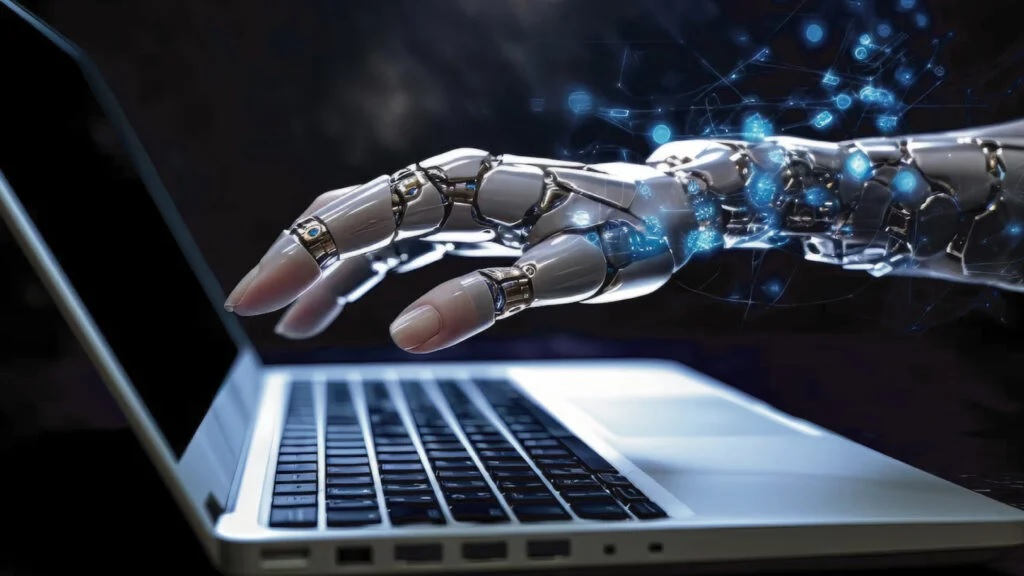In the rapidly evolving landscape of artificial intelligence (AI), media companies and other businesses alike continue to find themselves entangled in a web of lawsuits and public criticism, shining a spotlight on the issue of ethical transparency. Journalism has long been plagued by issues around deception — consumers often wonder what’s sensationalism and what’s not. However, with the latest casualty in the ongoing Sports Illustrated debacle, whose reputation greatly suffered after being accused of employing non-existent authors for AI-generated articles, a new fear among consumers was unlocked. Can consumers trust even the most renowned organizations to leverage AI effectively?
To further illustrate AI’s negative implications, early last year Gannett faced similar scrutiny when its AI experiment took an unexpected turn. Previously, the newspaper chain used AI to write high school sports dispatches, however, the technology proved to be more harmful than helpful after it made several major mistakes in articles. The newspaper laid off part of its workforce, which was likely in hopes AI could replace human workers.
Meaningful Change Starts at The Top
It’s clear the future of AI will face a negative outlook without meaningful change. This change begins at the corporate level where organizations play a key role in shaping ethical practices around AI usage and trickles down to the employees who leverage it. As with most facets of business, change begins at the top of the organization.
In the case of AI, companies must not only prioritize the responsible integration of AI but also foster a culture that values ethical considerations (AI and any other endeavor), accountability, and transparency. By committing to these principles, leadership, and C-level executives set the tone for a transformative shift that acknowledges both the positive and negative impact of AI technologies.
To avoid any potential mishaps, workforce training should be set in place and revisited at a regular cadence to empower employees with the knowledge and skills necessary to combat the ethical complexities of AI.
However, change doesn’t stop at leadership; it also relates to the employees who use AI tools. Employees should be equipped with the knowledge and skills necessary to navigate ethical considerations. This includes understanding the limitations and biases as well as learning from the mistakes of others who’ve experienced negative implications using AI technologies, such as the organizations previously aforementioned.
To Know More, Read Full Article @ https://ai-techpark.com/how-to-reconcile-lawsuits-and-public-backlash/
Read Related Articles:



